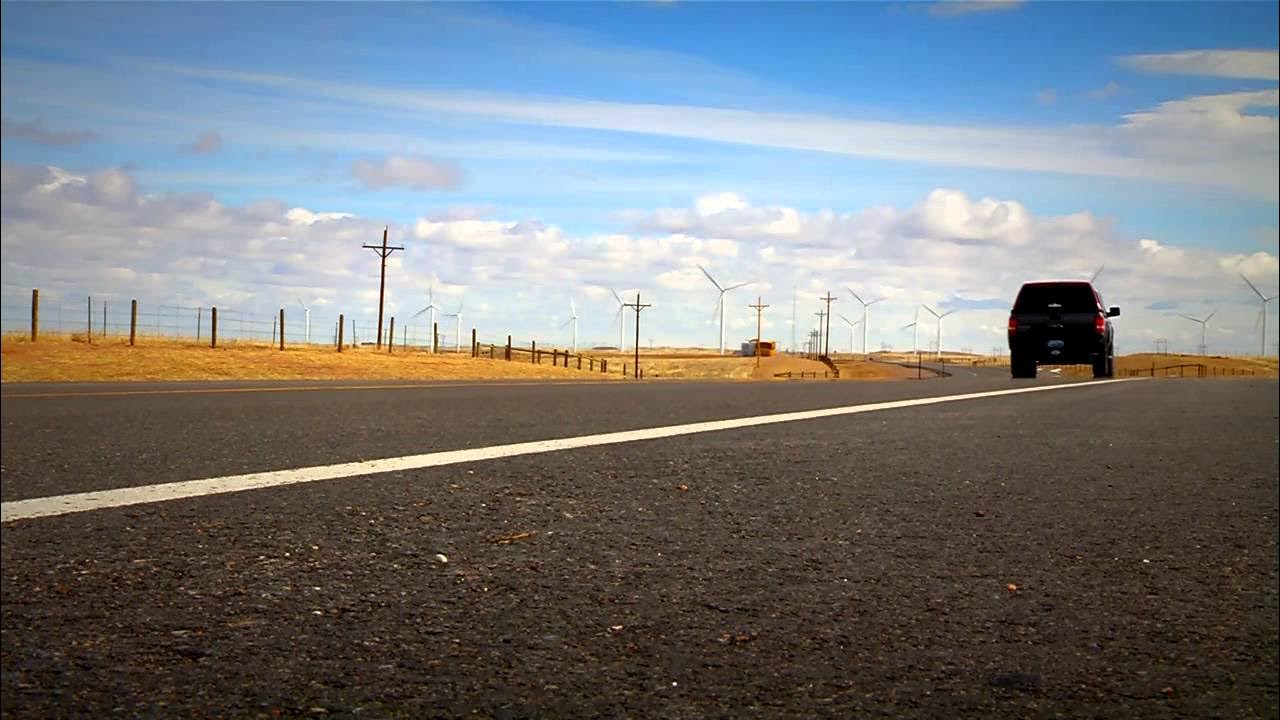Wind Power 101
Summary
TLDRWind power harnesses moving air, caused by differences in atmospheric pressure, to generate electricity. Wind energy is influenced by geography, topography, and seasons, with certain locations being more optimal for energy production. Wind turbines, which consist of large blades connected to electromagnetic generators, convert air motion into electricity. Wind energy contributes to the global electricity supply with the benefit of no direct CO2 emissions. However, challenges remain, such as inconsistent wind patterns and historically higher costs, though the price of wind energy has decreased significantly in recent years.
Takeaways
- 🌬️ Wind is moving air caused by differences in atmospheric pressure.
- 🌎 Wind speeds vary based on geography, topography, and season.
- 📍 Some locations are better suited for wind energy generation than others, both on land and at sea.
- ⚙️ Wind energy is converted into electricity using turbines, which typically have three spinning blades.
- 🔋 Historically, wind energy was used for tasks like milling grain and pumping water, but now it's mainly used for electricity generation.
- 💡 Wind energy is becoming an increasingly important part of the global electricity supply.
- 🌱 A major advantage of wind energy is that it has no direct CO2 emissions, making it environmentally friendly.
- 🌪️ One challenge of wind energy is that wind does not blow consistently, creating intermittency issues for power grids.
- 📉 While wind power has traditionally been more expensive than conventional energy sources, its costs have significantly declined in recent years.
- ⚡ Wind energy contributes to the growing mix of renewable energy solutions, helping to reduce reliance on fossil fuels.
Q & A
What is wind power?
-Wind power is the process of generating electricity from the movement of air caused by differences in atmospheric pressure.
How does wind speed vary?
-Wind speeds vary based on factors such as geography, topography, and season, which makes some locations more suitable for wind energy generation than others.
What are the optimal wind locations for energy generation?
-Optimal wind locations are those with consistent and strong wind patterns, both on land and at sea.
How was wind energy traditionally used before electricity?
-Traditionally, wind energy was used for milling grain and pumping water.
What is a turbine in the context of wind power?
-A turbine is a large structure with several spinning blades, usually three, connected to an electromagnetic generator to convert air motion into electricity.
Why is wind power considered important in the global electricity supply mix?
-Wind power is important because it is a renewable energy source that can help diversify the electricity supply mix and reduce reliance on fossil fuels.
What is the environmental advantage of wind power?
-A major environmental advantage of wind power is that the production of electricity from wind has no direct CO2 emissions.
What are the challenges associated with wind power generation?
-One of the main challenges of wind power is its intermittent nature, as the wind does not blow all the time, which can cause issues for power grids.
How has the cost of wind power changed over time?
-The cost of wind power has traditionally been higher than conventional electricity generation sources, but it has declined significantly in recent years.
What is the significance of the phrase 'landis' in the script?
-The term 'landis' seems to be a typo or an error in the script. It does not have a clear meaning in the context of wind power.
How does the intermittent nature of wind affect power grids?
-The intermittent nature of wind can cause instability in power grids, as it requires energy storage solutions or other forms of power generation to compensate for periods when the wind is not blowing.
Outlines

このセクションは有料ユーザー限定です。 アクセスするには、アップグレードをお願いします。
今すぐアップグレードMindmap

このセクションは有料ユーザー限定です。 アクセスするには、アップグレードをお願いします。
今すぐアップグレードKeywords

このセクションは有料ユーザー限定です。 アクセスするには、アップグレードをお願いします。
今すぐアップグレードHighlights

このセクションは有料ユーザー限定です。 アクセスするには、アップグレードをお願いします。
今すぐアップグレードTranscripts

このセクションは有料ユーザー限定です。 アクセスするには、アップグレードをお願いします。
今すぐアップグレード5.0 / 5 (0 votes)






